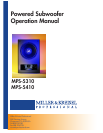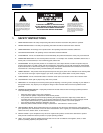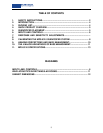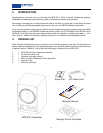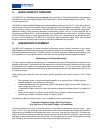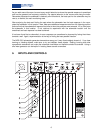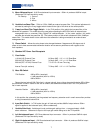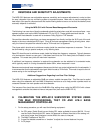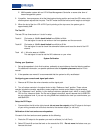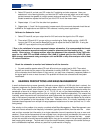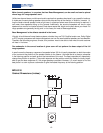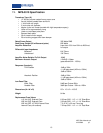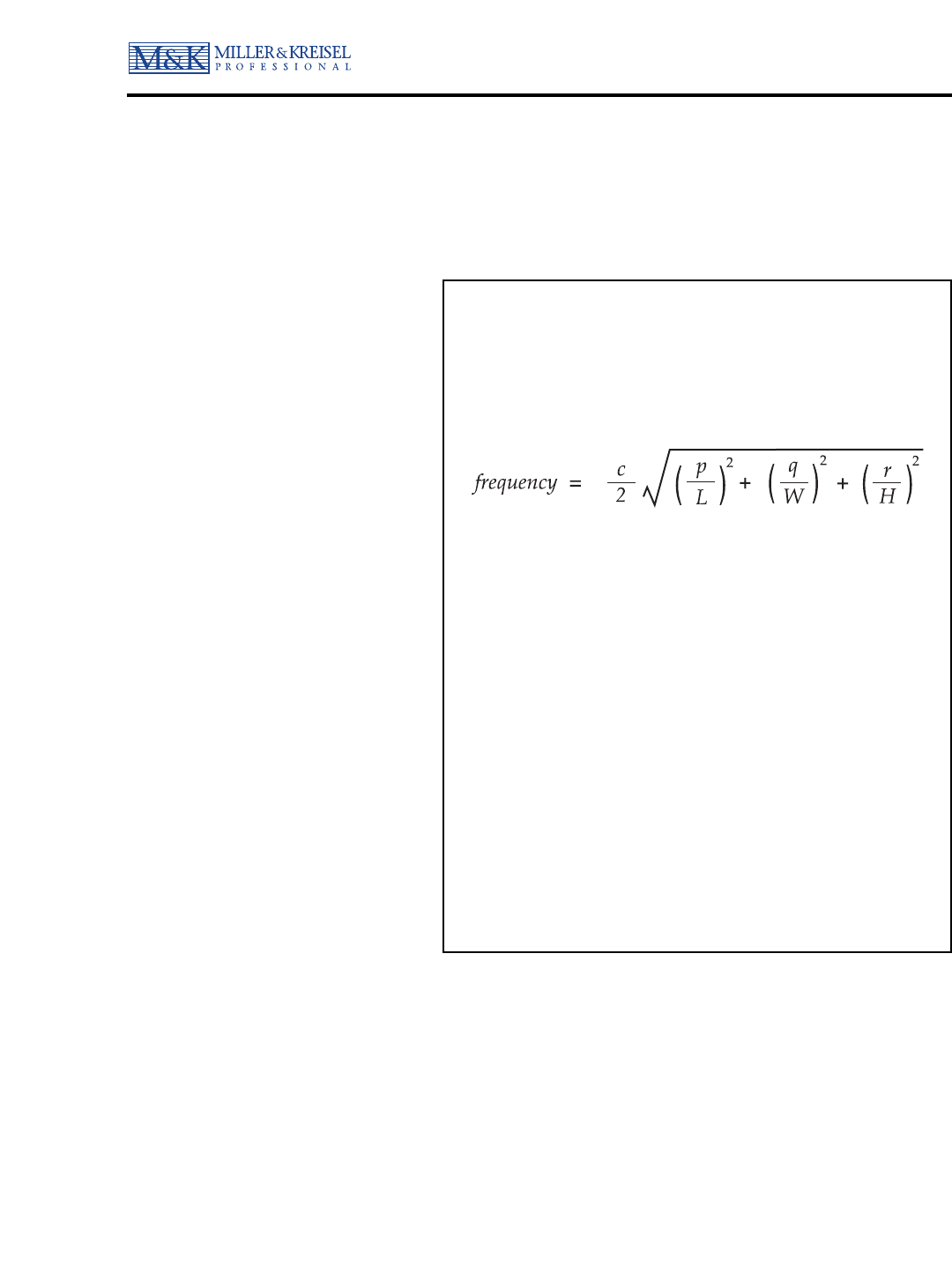
One might ask, won’t I perceive a difference in imaging if the sound of one channel originates from two
sources (subwoofer and satellite)? The answer is actually no. Bass Management works by taking advan-
tage of the ear’s inability to determine the direction of frequencies below approximately 150Hz. Provided
there is no audible distortion or sonic artifacts at higher frequencies (port noise etc.), and the sound ema-
nating from the subwoofer is limited to below 100Hz, it will be impossible for the listener to identify the
location of the subwoofer in the room.
This lack of auditory acuity is based
on the fact that the wavelengths of
frequencies below 100Hz are much
greater in length than the distance
between the listener’s ears. However,
our ears can easily identify the source
of high frequency information as
coming from the main speakers.
Because the sound of the main
speakers is the listener’s primary
audio location cue, the listener’s brain
believes that the bass is actually
emanating from the main speakers
and not from a separate subwoofer
(even when it is behind the listener).
With a properly designed
satellite/subwoofer speaker system
using Bass Management the
response and overall accuracy of a
monitoring system can be greatly
improved.These benefits apply to any
type of monitoring, whether two
channels, 5.1 and beyond.
One additional point that is important
to understand is that Bass
Management is done as a function of
the monitoring system and in no way
affects the actual encoding of the mix.
10. THE 4 MAJOR ADVANTAGES OF USING BASS MANAGEMENT
OVER FULL RANGE SPEAKERS
Most “Full-range” speakers do not go down to 20 Hz.
Most “full-range” speakers (even those with dual 12" or dual 15" drivers) in reality have a low frequency
cutoff in the range of 40 to 50 Hz. This puts them about an octave short of the low frequency response of
an M&K Professional subwoofer. Because these speakers are the standard that is used in many studios,
many modern stereo recordings have bass information below 40 Hz that the recording engineer never
heard. When these recordings are played back on a properly calibrated multichannel audio system, the
music sounds bass heavy or even worse has information in the sound track that was never intended to be
there, such as truck rumble or other artifacts.
Wave Acoustics in Rectangular Rooms
• From wave equation (stated by Rayleigh in 1869) for
sound in rectangular enclosures.
• Calculation of the permissible frequencies corresponding
to the modes of the rectangular enclosures:
where p, q, r = 0,1,2,3... C is the speed of sound (1130
feet or 345 meters per second at sea level), L is the
length of the room, W is the width, and H is the height.
• Axial modes involve reflections from two surfaces of the
room.
• Tangential modes from four surfaces. 1/2 of the energy
of axial modes.
• Oblique modes from six surfaces. 1/4 of the energy of
axial modes.
• Axial modes have the greatest effect to the room
response, and at low frequency.
• But tangential and oblique modes have some effect on
the room's sound pressure pattern.
11



